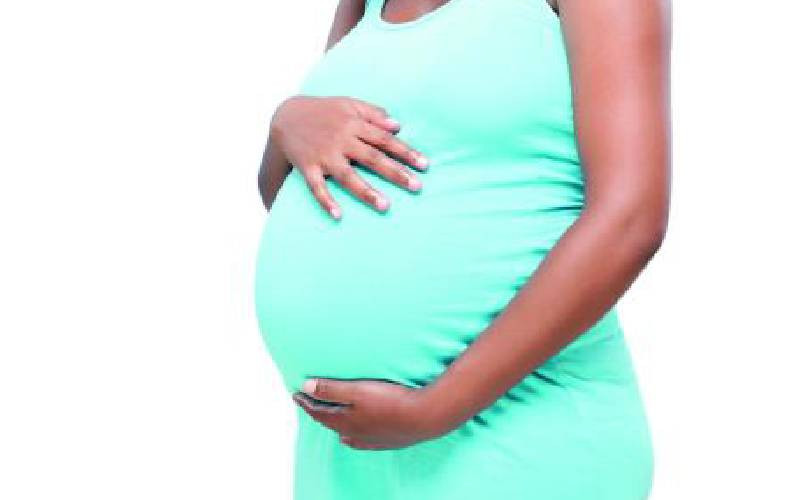
For most mothers, multiple pregnancies can sound scary. It can be an overwhelming time for a new mother to discover she is carrying not two, but more babies!
Prof Ruth Nduati, a Pediatrician at Kenyatta National Hospital and also a lecturer at the University of Nairobi explains that multiple pregnancies mean that a woman has multiple fetuses developing inside her womb at the same time, with most cases being two or three and with rare occurrences of four, five or more.
She notes that multiple pregnancies, in modern times, is as a result of assisted fertilization which may result in multiple embryos developing but in other cases, this may happen spontaneously.
The professor explains that during such a pregnancy, there is crowding in the womb and even in cases where we have just two babies, one may be bigger than the other. She warns that such babies may be born pre-term since the uterus may not be able to sustain the pregnancy to full term.
According to Prof Nduati, the biggest challenge is the maturation of the lungs which may not be fully developed. "When the fetus is inside the mother's womb, they depend on the mother for oxygen and other nutrients which they get through the mother's blood and their wastes are also transported through the mother's blood," she says.
She explains that when the child is born, they have to learn how to live outside the mother and do the things that the mother would do for them while they lived inside the womb, such as breathing.
The lungs have to expand usually in the first cry, where they have to use the little airbags in the lungs (the alveoli) which need to stay patent for the child to have a gaseous exchange.
Surfactant is a liquid product which helps the lungs to stay patent and if a baby is born pre-term, then that product is not yet made and this means the child may suffer respiratory difficulties such as respiratory distress syndrome which is caused by immature lungs. She notes that this is one of the leading causes of death among babies who are born preterm.
The other challenge is the immune system that may not be fully developed and as Prof Nduati explains, the children may be prone to infections which may lead to death. Additionally, she says that feeding such multiple children is a challenge since their gut is not fully developed and that since they are born very small, they may not be able to keep themselves warm or regulate their body temperature.
She says that multiple babies survive in developed countries, where hospitals are well-equipped to support multiple pre-term deliveries. But, in Kenya, this is not the case due to a lack of developed neonatal intensive care units that are necessary for survival.
"Such units have highly trained nurses who can work in the intensive care units, neonatologists (doctors specializing in the care of newborns) and equipment to support body functions such as the lungs. My guess is that the hospital where the Nakuru five were born may not have had the capacity to take care of them," she said.
She adds that babies can die if the mother has had other complications such as blood pressure being high or low or an infection. " Mothers with multiple gestations must start their prenatal clinic early enough. This means they will have an early ultrasound and be put on proper care or have bed rest to be able to carry the babies to full term," she noted.
Neonatal mortalities continue to pose a great challenge in the health sector with data showing that 25 children per 1000 live births die before their 28th day.
Prof Nduati says that the government needs to equip hospitals to be able to take care of the mothers by having the right human resource and equipment in the antenatal clinics. "Hospitals should have sufficient drugs to prevent malaria, folic and iron supplements as well as monitoring and treating blood pressure in pregnancy because these interventions may prevent pre-term births," she adds.
Further, she notes that mothers with multiple gestations should work very closely with their healthcare providers.
 The Standard Group Plc is a multi-media organization with investments in media platforms spanning newspaper print
operations, television, radio broadcasting, digital and online services. The Standard Group is recognized as a
leading multi-media house in Kenya with a key influence in matters of national and international interest.
The Standard Group Plc is a multi-media organization with investments in media platforms spanning newspaper print
operations, television, radio broadcasting, digital and online services. The Standard Group is recognized as a
leading multi-media house in Kenya with a key influence in matters of national and international interest.











